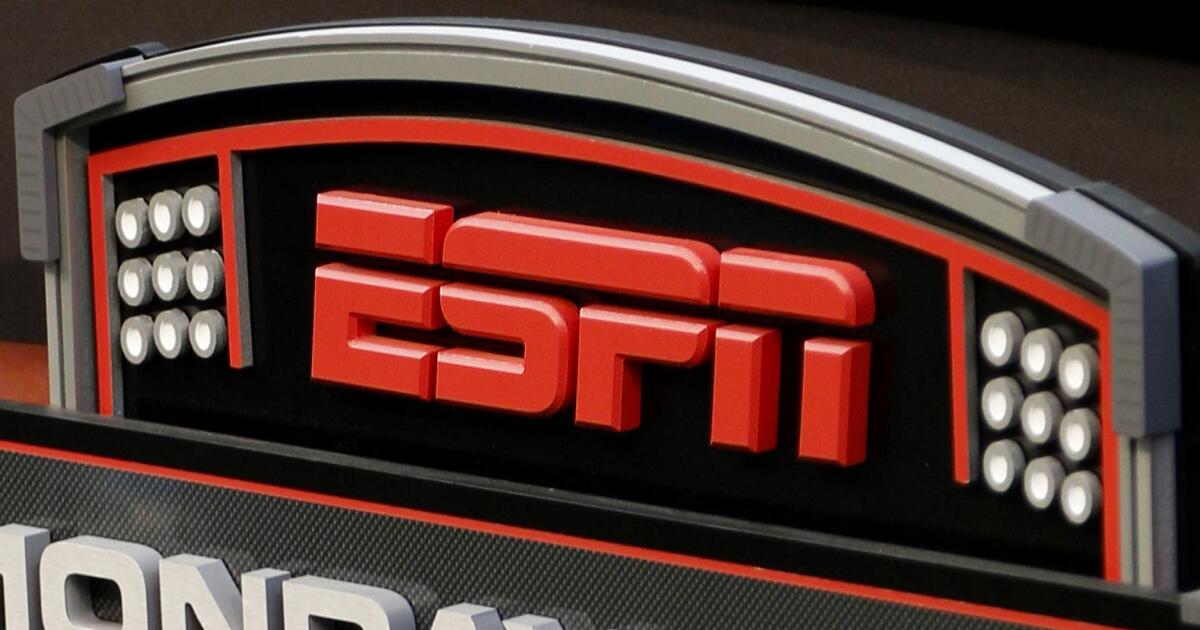Frustration is mounting for over 10 million YouTube TV subscribers as ESPN, ABC, and other Disney-owned channels have gone dark due to a breakdown in contract negotiations. This blackout arrives at an inopportune time, smack-dab in the middle of college football season and with a highly anticipated “Monday Night Football” game between the Arizona Cardinals and Dallas Cowboys looming. For sports enthusiasts and families alike, this disruption raises significant questions about the future of streaming and the escalating costs of content.
This article will delve into the core issues driving this dispute, exploring the perspectives of both Disney and Google. We’ll examine the potential impact on viewers, outline alternative viewing options, and analyze the broader implications for the pay-TV landscape. Understanding the dynamics at play is crucial for anyone navigating the ever-changing world of streaming entertainment.
What Led to the YouTube TV ESPN Blackout?
The core of the issue lies in the carriage fees that Disney demands for its channels. YouTube TV, facing increasing pressure to keep subscription costs down, has balked at Disney’s price demands. This disagreement reached a critical point, leading to the removal of Disney-owned channels from the YouTube TV lineup. According to a YouTube spokesperson, “We continue to urge Disney to work with us constructively to reach a fair agreement that restores their networks to YouTube TV.”
Disney, on the other hand, argues that YouTube TV is refusing to pay market rates for its popular channels. In a statement, Disney asserted that “Google’s YouTube TV has chosen to deny their subscribers the content they value most by refusing to pay fair rates for our channels, including ESPN and ABC.” This public back-and-forth highlights the deep divide between the two companies.
Which Channels Are Affected by the Blackout?
The blackout extends beyond just ESPN and ABC, encompassing a wide range of Disney-owned channels. Subscribers have lost access to FX, Disney Jr., National Geographic, and local ABC affiliates. This means a disruption not only for sports fans but also for viewers who rely on these channels for news, entertainment, and children’s programming. The absence of local ABC stations also impacts access to local news broadcasts, “Jeopardy,” “Wheel of Fortune,” “Good Morning America,” and “Jimmy Kimmel Live.”
For sports fans, the timing is particularly unfortunate. The blackout disrupts live coverage of college football games and raises concerns about the availability of upcoming NFL games, including “Monday Night Football.” This has left many subscribers scrambling to find alternative ways to watch their favorite teams.
Will YouTube TV Offer a Credit?
Recognizing the inconvenience caused by the blackout, YouTube TV has indicated that it may offer subscribers a $20 credit should the outage persist for “an extended period.” However, the definition of “extended period” remains unclear. This potential credit offers a small measure of compensation for the disruption, but it doesn’t fully address the loss of access to valued content. “We know this is a frustrating and disappointing outcome for our subscribers,” a YouTube spokesperson stated, acknowledging the impact on viewers.
In the meantime, subscribers are exploring alternative options for accessing Disney-owned channels. These include subscribing to other streaming services such as Hulu + Live TV or Fubo, or opting for traditional cable or satellite providers. However, these alternatives often come with additional costs and may require a change in viewing habits.
The Bigger Picture: Streaming Wars and Carriage Fees
The YouTube TV ESPN dispute is not an isolated incident. It reflects a broader trend of escalating tensions between programming companies and pay-TV providers. Programming companies, including Disney, are seeking higher fees for their channels to offset the rising costs of sports programming and other content. However, pay-TV providers are pushing back, attempting to keep subscription costs down in an increasingly competitive market. Industry data suggests that over 40 million pay-TV customer homes have cut the cord in the last decade, highlighting the growing pressure to offer affordable streaming options.
Disney’s complaint that Google is using its market dominance to gain an unfair advantage is part of a pattern. Since August, Fox Corp., Comcast’s NBCUniversal and Spanish-language broadcaster TelevisaUnivision have all complained that YouTube TV was trying to use its clout to squeeze them for concessions.
How Long Could the Blackout Last?
Predicting the duration of the YouTube TV ESPN blackout is difficult. Past distribution fee disputes between Disney and other providers offer some insight. A similar dispute between Disney and DirecTV in 2024 resulted in a 13-day blackout, while a 2023 tussle with Charter’s Spectrum service led to a 10-day channel outage. These examples suggest that negotiations can be lengthy and that a resolution is not always quick.
Justin Connolly, Disney’s former distribution chief, now holds a similar position at YouTube TV, which puts him on the opposite side of the negotiation table and adds another layer of complexity to this situation.
Key Takeaways and Final Thoughts
The YouTube TV ESPN blackout serves as a stark reminder of the ongoing power struggles in the streaming entertainment industry. As programming companies and pay-TV providers grapple over carriage fees, it is the viewers who ultimately bear the brunt of the disruption. The dispute highlights the importance of understanding the dynamics at play and exploring alternative viewing options.
While the future remains uncertain, one thing is clear: the streaming landscape is constantly evolving. Consumers must stay informed and be prepared to adapt to changing circumstances. Whether the YouTube TV ESPN blackout is resolved quickly or drags on for an extended period, it is a pivotal moment that will shape the future of streaming entertainment.

Leave a Reply